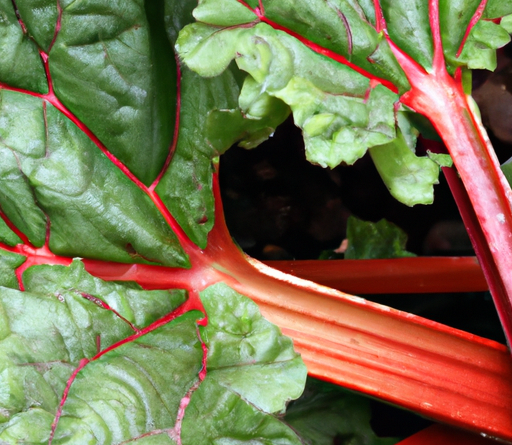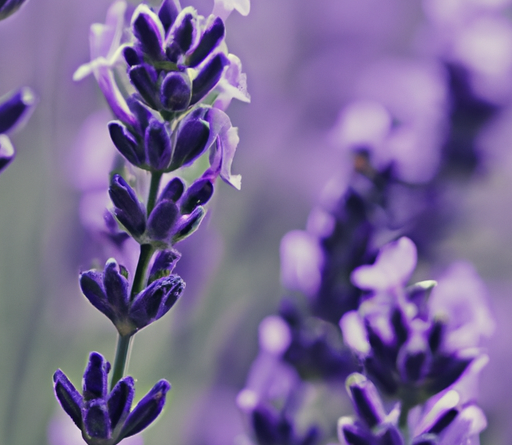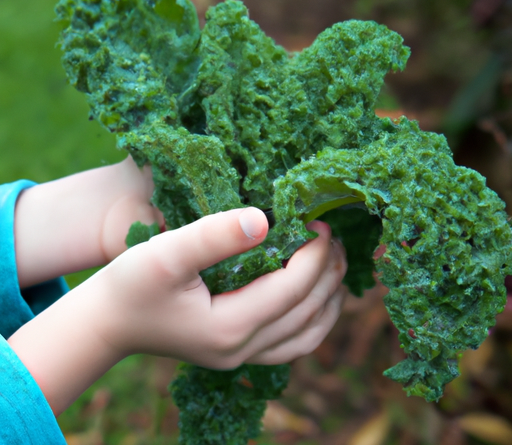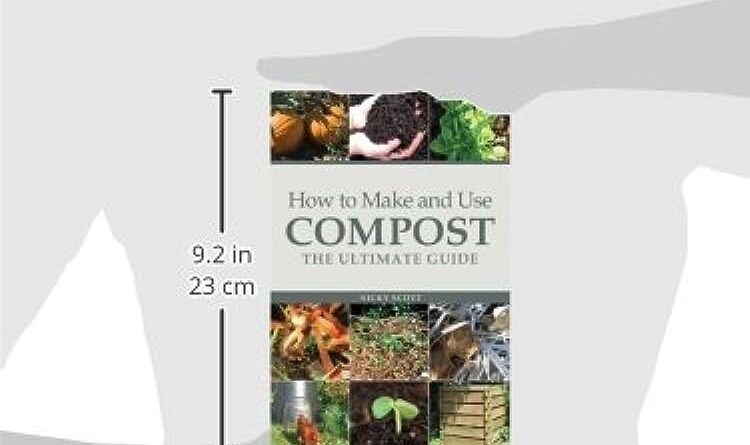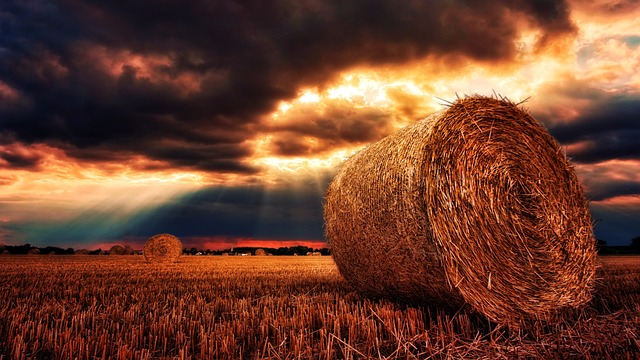
Hello there! Are you a gardening enthusiast? If so, then you must know how exciting it is to finally harvest the fruits of your labor. So, when exactly is the best time to harvest your lettuce? Well, worry not, because in this article, we will delve into the details and answer all your questions about when and how to harvest lettuce.
Let’s start by understanding the ideal time to harvest lettuce. Typically, lettuce is ready to be harvested when it reaches its full size. Different varieties have different harvesting times, so it’s important to know which type you have in your garden. Generally, leaf lettuce can be harvested when the leaves are large and full, while head lettuce is ready when the heads feel firm and compact.
Now that you know when to harvest, let’s move on to the exciting part – how to do it! When the time comes, you have two options. The first is to harvest the whole plant by cutting it at the base, just above the soil level. This works well for head lettuce. The second option is to selectively harvest individual leaves, known as leaf-by-leaf picking. This method is suitable for leaf lettuce and allows you to harvest continuously, allowing new leaves to grow.
In conclusion, harvesting lettuce is a rewarding experience for gardeners. By understanding the optimal time to harvest and the different methods, you can ensure your lettuce is at its peak flavor and nutritional value. So, buckle up and get ready to learn more in our detailed article on when to harvest lettuce!
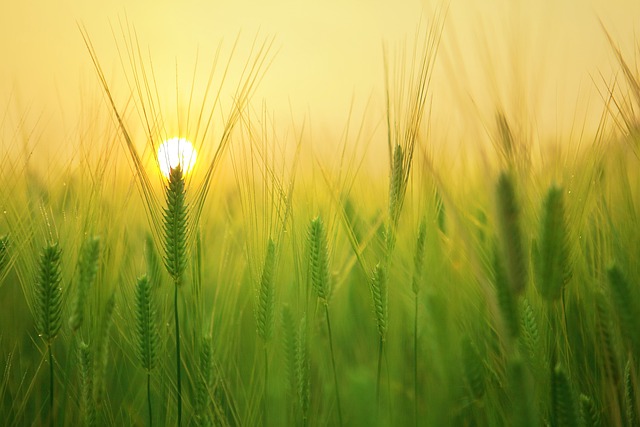
Table of Contents
Overview of Lettuce Harvesting
Lettuce, a leafy vegetable that is low in calories and high in nutrients, is a staple crop in many households and restaurants. Whether you grow your own lettuce or purchase it from a local farmer’s market, knowing when to harvest lettuce is essential to ensure its optimal flavor and texture. Harvesting lettuce at the right time also ensures that it retains its nutritional value and prolongs its shelf life. In this article, we will explore the importance of proper lettuce harvesting, signs to look for when determining its readiness, different harvesting techniques, timing for harvesting, storing harvested lettuce, common mistakes to avoid, and some helpful tips and tricks for successful lettuce harvesting.
Lettuce as a Staple Crop
Lettuce is one of the most commonly consumed leafy vegetables worldwide, making it a staple crop in many cultures. It is versatile and can be used in various dishes, such as salads, sandwiches, wraps, and even cooked dishes. Lettuce is packed with vitamins A, C, and K, as well as minerals like calcium and potassium. It is also rich in dietary fiber, which aids in digestion. Due to its popularity and nutritional benefits, it is important to know how to properly harvest lettuce to enjoy its freshness and maximize its benefits.
Importance of Proper Harvesting
Harvesting lettuce at the right time is crucial for several reasons. Firstly, the taste and texture of lettuce can change dramatically depending on when it is harvested. If harvested too early, the lettuce leaves may be bitter and tough. On the other hand, if left to mature for too long, the leaves may become wilted and unappetizing. Secondly, lettuce that is harvested at its peak can retain more of its nutritional value. Vitamins and minerals gradually diminish after harvesting, so it is best to consume lettuce as soon as possible after harvesting to reap its maximum health benefits. Lastly, knowing when to harvest lettuce helps to ensure a continuous supply of fresh lettuce throughout the growing season and prevents wastage.
Why Harvesting at the Right Time Matters
Harvesting lettuce at the right time is not just about achieving the best taste and texture. It also plays a crucial role in preventing the plant from diverting its energy into flowering and seed production. When lettuce reaches a certain maturity stage, it will bolt, or send up a flower stalk that produces seeds. Bolting causes the leaves to become bitter and reduces the overall quality of the lettuce. By harvesting at the right time, you can extend the harvest period and prevent bolting, allowing the lettuce plant to continue producing tender and delicious leaves.
Signs of Readiness for Harvest
Observing Leaf Size and Color
The size and color of lettuce leaves are key indicators of the right time to harvest. Lettuce leaves should be a good size and have a vibrant, healthy color. The exact size may vary depending on the lettuce variety, but as a general rule, the leaves should be large enough to be harvested without damaging the younger leaves at the center of the plant. The color of the leaves should be a rich green, although some lettuce varieties may have reddish or purple leaves. Avoid harvesting lettuce with yellow or brown leaves, as this indicates overripeness or damage.
Checking Leaf Texture
Lettuce leaves should have a crisp and tender texture when they are ready for harvest. Gently touch the leaves to assess their texture. They should feel firm and not wilted or rubbery. If the leaves are too tough or leathery, the lettuce is past its prime and should not be harvested.
Monitoring Plant Height
Another sign that lettuce is ready for harvest is its height. Lettuce plants typically grow to a certain height, depending on the variety. When the plants have reached their expected height, it is usually a good time to start harvesting. However, it is important to note that this method may not be as reliable as other indicators, as certain factors like weather conditions and growing techniques can affect the plant’s height.
Examining Outer Leaf Growth
When lettuce plants mature, the outer leaves will typically grow larger and form a loose head or rosette shape in some varieties. Gently pull back some of the outer leaves to check their size and shape. If the leaves have reached a desirable size and tightly overlap, the lettuce is likely ready for harvest. However, if the leaves have not formed a compact head or the inner leaves are still small, it may be best to wait a little longer for the plant to further mature.
Harvesting Techniques
Hand Harvesting
One of the most common and gentlest methods of harvesting lettuce is by hand. This method allows you to selectively remove individual leaves or a whole plant, depending on your needs. To hand harvest lettuce, hold the base of the leaf or plant near the soil and gently twist or pull it away. Be careful not to damage the nearby leaves or disturb the root system when harvesting.
Using a Sharp Knife or Scissors
If you prefer a more precise and clean cut, you can also use a sharp knife or garden scissors to harvest lettuce. This method is especially useful for harvesting head lettuce and ensures a clean cut that promotes proper healing and regrowth of the plant. When using a knife or scissors, cut the lettuce leaves or entire plant at the base, near the soil surface. Avoid sawing or tearing the leaves, as this can lead to bruising and damage.
Cutting at the Base of the Plant
When harvesting head lettuce varieties, it is important to cut the lettuce at the base of the plant. This allows the head to separate cleanly from the root system without damaging the leaves or causing unnecessary stress to the plant. Hold the head of lettuce firmly with one hand and use a sharp knife or scissors to make a clean cut at the base, ensuring that no part of the stem is left attached.
Avoiding Damage to Surrounding Leaves
When harvesting lettuce, it is crucial to avoid damaging the surrounding leaves. This not only helps to maintain the overall appearance of the plant but also prevents the risk of infection or disease. Take care to gently maneuver around the leaves and avoid applying excessive force or pressure when harvesting. It is also important to clean and sanitize your harvesting tools between plants to avoid the spread of any potential pathogens.
Harvesting Different Varieties
Harvesting Head Lettuce
Head lettuce varieties, such as Iceberg lettuce, form a tight, compact head of leaves. To harvest head lettuce, wait until the outer leaves have grown to the desired size and tightly overlap. Hold the head firmly and cut it off at the base, leaving the outer leaves intact. The head should have a firm texture and a crisp, fresh appearance.
Picking Leaf Lettuce
Leaf lettuce varieties, such as Green Leaf or Red Leaf lettuce, do not form a head but instead produce loose, individual leaves. These can be harvested as needed, allowing the plant to continue growing and producing more leaves. To harvest leaf lettuce, selectively pick the larger outer leaves while leaving the inner leaves to develop further. This allows the plant to continue producing new leaves for future harvests.
Gathering Cos or Romaine Lettuce
Cos or Romaine lettuce varieties are known for their elongated shape and slightly bitter flavor. When harvesting Cos or Romaine lettuce, wait for the leaves to develop to a desirable length and width. The outer leaves should be slightly curled and have a firm texture. Harvest the entire head by cutting it off at the base, or selectively pick the outer leaves while leaving the inner leaves intact for future growth.
Collecting Butterhead or Bibb Lettuce
Butterhead or Bibb lettuce varieties are known for their tender, buttery leaves. When harvesting Butterhead or Bibb lettuce, wait for the leaves to form a small, loose head or rosette shape. The outer leaves should be large and slightly overlapping. Remove the entire head or selectively pick the outer leaves, similar to harvesting head lettuce.

Timing for Harvesting
Days to Maturity
The days to maturity listed on seed packets or plant labels can provide a general guideline for when lettuce may be ready for harvest. However, it is important to note that these estimates are based on ideal growing conditions and may vary depending on various factors, such as climate, soil fertility, and cultivation techniques. Use the days to maturity as a reference, but also rely on other signs of readiness mentioned earlier.
Determining Readiness Based on Seed Packet Information
Seed packets often provide specific information about the ideal time to harvest lettuce. Some varieties may be labeled as early, mid, or late maturing, indicating the approximate harvest time. These guidelines can be helpful, especially for beginners or gardeners who are unfamiliar with a particular variety. Follow the recommendations on the seed packet as a starting point and make adjustments based on your observations.
Adapting Harvest Time based on Growing Conditions
It is important to understand that lettuce plants can mature at different rates depending on the prevailing growing conditions. Factors such as temperature, sunlight, moisture, and soil fertility can significantly influence growth and development. Adjust your harvest time accordingly if you notice that your lettuce is growing faster or slower than expected. Remember to rely on the visual cues discussed earlier to determine when the lettuce is at its peak.
Harvesting Lettuce for Different Uses
Harvesting for Fresh Consumption
Fresh lettuce straight from the garden is a delight for any salad lover. For immediate consumption, selectively harvest individual leaves or heads of lettuce as needed. This ensures that you have the freshest and tastiest lettuce available for your culinary creations.
Collecting Lettuce for Salad Mixes
If you enjoy making your own salad mixes, harvesting lettuce when it reaches its prime condition is crucial. Combine different varieties and textures of lettuce to create a diverse and flavorful salad mix. Harvest a mix of young and mature leaves to achieve a balance of flavors and textures.
Harvesting for Cooking Purposes
Lettuce can also be used in cooked dishes, such as stir-fries or soups. When using lettuce for cooking, it is generally recommended to harvest it at a slightly later stage of maturity. This ensures that the leaves will hold up well to heat and retain their texture and flavor when cooked.
Gathering Lettuce for Long-Term Storage
To enjoy fresh lettuce beyond the growing season, consider harvesting it for long-term storage. Choose lettuce heads or leaves that are at their peak condition and have not yet started to wilt or lose their vibrancy. Properly preserve and store the harvested lettuce to maintain its freshness for an extended period.
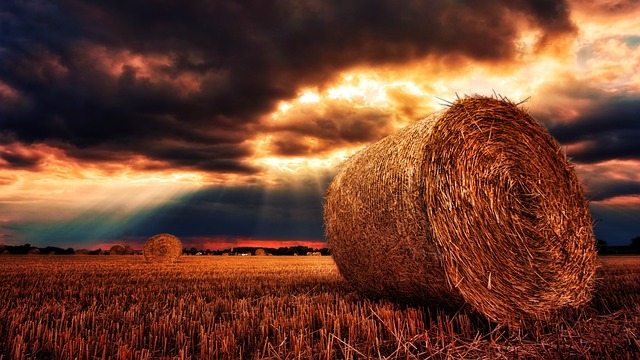
Storing Harvested Lettuce
Washing and Drying Lettuce
Before storing harvested lettuce, it is important to wash and dry it thoroughly. Fill a bowl or basin with cold water and gently agitate the lettuce leaves to remove any dirt or debris. Drain the water and repeat the process if necessary. After washing, dry the lettuce leaves using a salad spinner or by gently patting them dry with a clean kitchen towel or paper towels. Excess moisture can promote bacterial growth and lead to premature wilting.
Using Refrigeration
Refrigeration is the key to prolonging the shelf life of harvested lettuce. Place the washed and dried lettuce in a clean, breathable plastic bag or airtight container and store it in the refrigerator’s crisper drawer. The optimal temperature for lettuce storage is around 32-40°F (0-4°C). Avoid placing lettuce near ethylene-producing fruits, such as apples or bananas, as this can accelerate the lettuce’s deterioration.
Utilizing Proper Storage Containers
The choice of storage container can significantly impact the lettuce’s shelf life. Opt for containers that allow for proper air circulation while minimizing moisture buildup. Stackable plastic containers with vents or perforated bags are suitable for storing harvested lettuce. Avoid using non-breathable plastic bags, as they can trap moisture and lead to rotting.
Maximizing Shelf Life
To maximize the shelf life of harvested lettuce, it is recommended to store it unwashed and whole until ready to use. Cutting or tearing lettuce can cause the leaves to wilt faster. Only wash and prepare the lettuce immediately before consumption. When stored correctly, lettuce can retain its freshness for up to one to two weeks, depending on the variety and growing conditions.
Common Harvesting Mistakes to Avoid
Harvesting Too Early
One common mistake when harvesting lettuce is harvesting it too early. Harvesting prematurely can result in bitter-tasting leaves and a disappointing eating experience. Take the time to observe the signs of readiness and exercise patience to ensure that the lettuce is at its peak.
Leaving Lettuce for Too Long
On the other hand, leaving lettuce for too long before harvesting results in overripeness and loss of quality. The leaves may become wilted, tough, or develop a bitter taste. Regularly inspect your lettuce plants and harvest them as soon as they reach the desired maturity to enjoy the best flavor and texture.
Neglecting Hygiene Practices
Maintaining good hygiene practices is crucial when harvesting lettuce. Wash your hands thoroughly before handling the lettuce to prevent the transfer of bacteria or contaminants. Clean and sanitize your harvesting tools between plants to minimize the risk of disease transmission. Additionally, ensure that your storage containers and surfaces are clean before storing the harvested lettuce.
Incorrect Storage Conditions
Improper storage conditions can significantly reduce the shelf life of harvested lettuce. Avoid exposing lettuce to high temperatures or direct sunlight, as this can cause wilting and spoilage. Also, refrain from storing lettuce in airtight containers without proper ventilation, as this can trap moisture and lead to rot. Follow the recommended storage guidelines to maintain the lettuce’s freshness as long as possible.
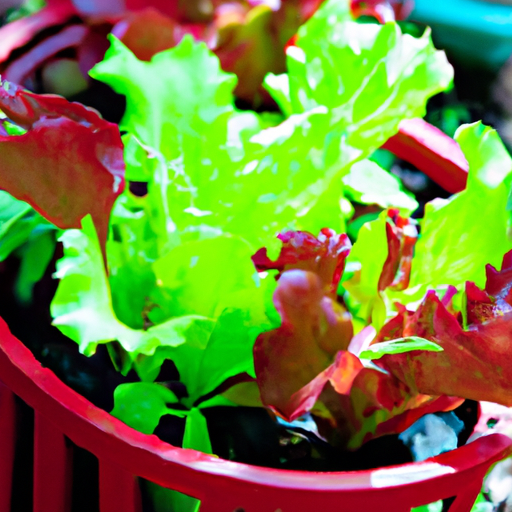
Tips and Tricks for Successful Harvesting
Regularly Inspecting Lettuce Plants
Regularly inspecting your lettuce plants is crucial for successful harvesting. Check the progress of the leaves, observe any signs of pest or disease damage, and look for any changes in the plant’s growth. By monitoring the plants closely, you can identify potential issues and take appropriate action before they worsen.
Harvesting in the Morning
Harvesting lettuce in the morning is generally recommended. At this time, the lettuce leaves are crisp and turgid, as they have absorbed moisture overnight. Harvesting in the morning also allows you to enjoy the lettuce at its freshest, as it hasn’t been exposed to the heat or drying effects of the sun throughout the day.
Practicing Pruning Techniques
To promote continued growth and production, consider practicing pruning techniques when harvesting lettuce. Instead of entirely removing the lettuce plant, selectively pick the outer leaves or trim them back to a certain height. This encourages the plant to produce new leaves and extends the harvest period.
Companion Planting for Improved Harvest
Consider utilizing companion planting techniques to improve your lettuce harvest. Planting lettuce alongside compatible crops, such as radishes or carrots, can help deter pests and provide some shade or support for the lettuce plants. Additionally, companion plants can improve soil health and nutrient availability, resulting in healthier and more productive lettuce plants.
Conclusion
Harvesting lettuce at the right time is crucial to ensure optimal flavor and texture. By paying attention to the signs of readiness, applying appropriate harvesting techniques, and considering the intended use and storage methods, you can enjoy a bountiful and delicious lettuce harvest. Remember to regularly inspect your lettuce plants, harvest in the morning, and practice proper pruning techniques and companion planting for a successful lettuce growing experience. With these tips and tricks, you can take pride in growing your own fresh and nutritious lettuce all season long. Happy harvesting!




